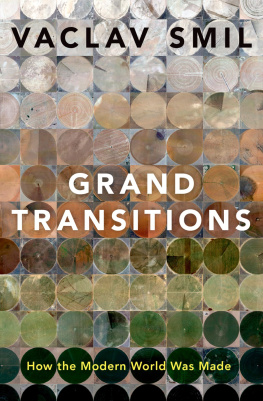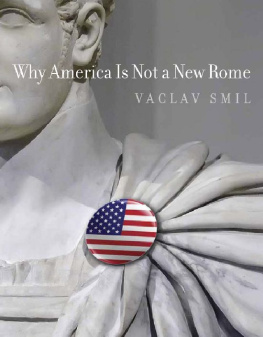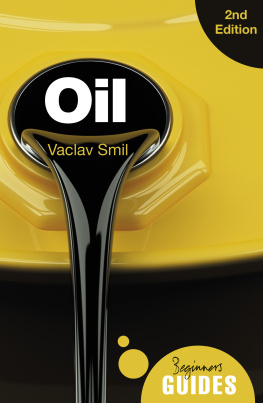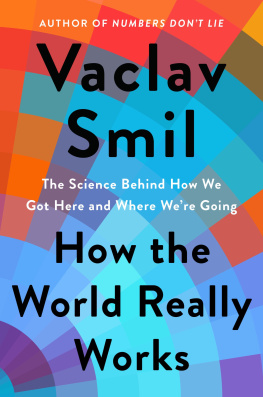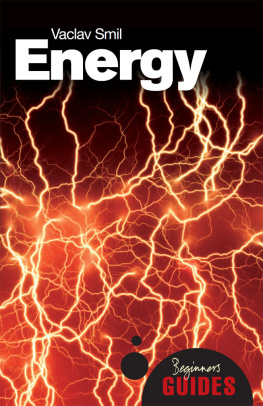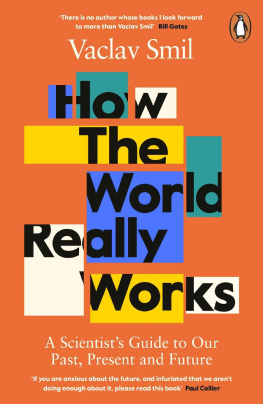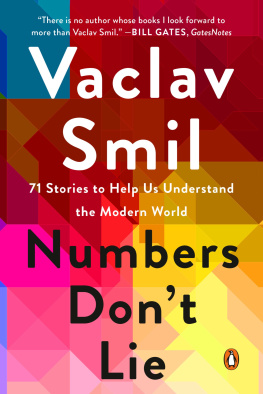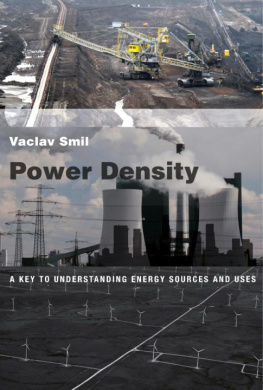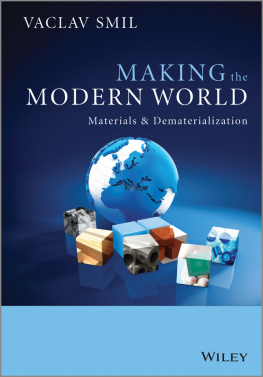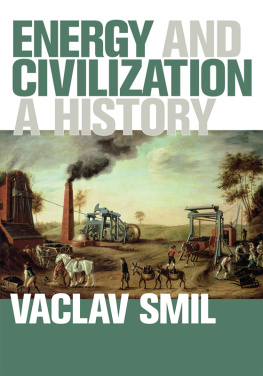Grand Transitions

Oxford University Press is a department of the University of Oxford. It furthers the Universitys objective of excellence in research, scholarship, and education by publishing worldwide. Oxford is a registered trade mark of Oxford University Press in the UK and certain other countries.
Published in the United States of America by Oxford University Press
198 Madison Avenue, New York, NY 10016, United States of America.
Oxford University Press 2021
All rights reserved. No part of this publication may be reproduced, stored in a retrieval system, or transmitted, in any form or by any means, without the prior permission in writing of Oxford University Press, or as expressly permitted by law, by license, or under terms agreed with the appropriate reproduction rights organization. Inquiries concerning reproduction outside the scope of the above should be sent to the Rights Department, Oxford University Press, at the address above.
You must not circulate this work in any other form and you must impose this same condition on any acquirer.
Library of Congress Cataloging-in-Publication Data
Names: Smil, Vaclav, author.
Title: Grand transitions : how the modern world was made / Vaclav Smil.
Description: New York, NY : Oxford University Press, [2021] |
Includes bibliographical references and index.
Identifiers: LCCN 2020029030 (print) | LCCN 2020029031 (ebook) |
ISBN 9780190060664 (hardback) | ISBN 9780190060688 (epub) |
ISBN 9780197548516
Subjects: LCSH: Civilization, ModernHistory. |
Technology and civilizationHistory. | PopulationHistory. |
Economic history. | Human ecologyHistory.
Classification: LCC CB357.S59 2020 (print) | LCC CB357 (ebook) |
DDC 909.82dc23
LC record available at https://lccn.loc.gov/2020029030
LC ebook record available at https://lccn.loc.gov/2020029031
DOI: 10.1093/oso/9780190060664.001.0001
Contents
This book is an interdisciplinary inquiry into the five fundamental transitions whose interactions have created the modern world: the eponymous Grand Transitions. My focus is on the history of these transitions in population, agriculture, energy, economies, and environments, and in the following chapters, I look at their (always complex) origins as well as their enabling and multiplying factors. I follow their progress, advances, and diffusion and describe their trajectories, interactions, and consequences.
Writing this book was made easier because of my previous work, specifically that which focuses on long-term transformations of global food production and nutrition ( Energy Analysis in Agriculture, Feeding the World, Harvesting the Biosphere, Should We Eat Meat?); energy resources and uses ( Energy at the Crossroads, Energy in Nature and Society, Energy Transitions, Energy and Civilization); key technical and material inputs of modern economies ( Creating the Twentieth Century, Transforming the Twentieth Century, Making the Modern World, Still the Iron Age, Growth); and the global environment ( Carbon Nitrogen Sulfur, Cycles of Life, Global Ecology). But, given the present books scope, the difficulty was in keeping the length within manageable confines while avoiding omissions of critical events, interactions, and outcomes.
This book recounts how we got to this point in human evolution, how the grand transitions brought about todays quotidian realities, which are so far beyond yesterdays imaginationsyet whose benefits are still to reach billions of people in less privileged societies even as the advances we have already achieved imperil the integrity of the biosphere. I do that by focusing not only on precedents, beginnings, and accomplishments but also on detours, cul-de-sacs, and limits.

